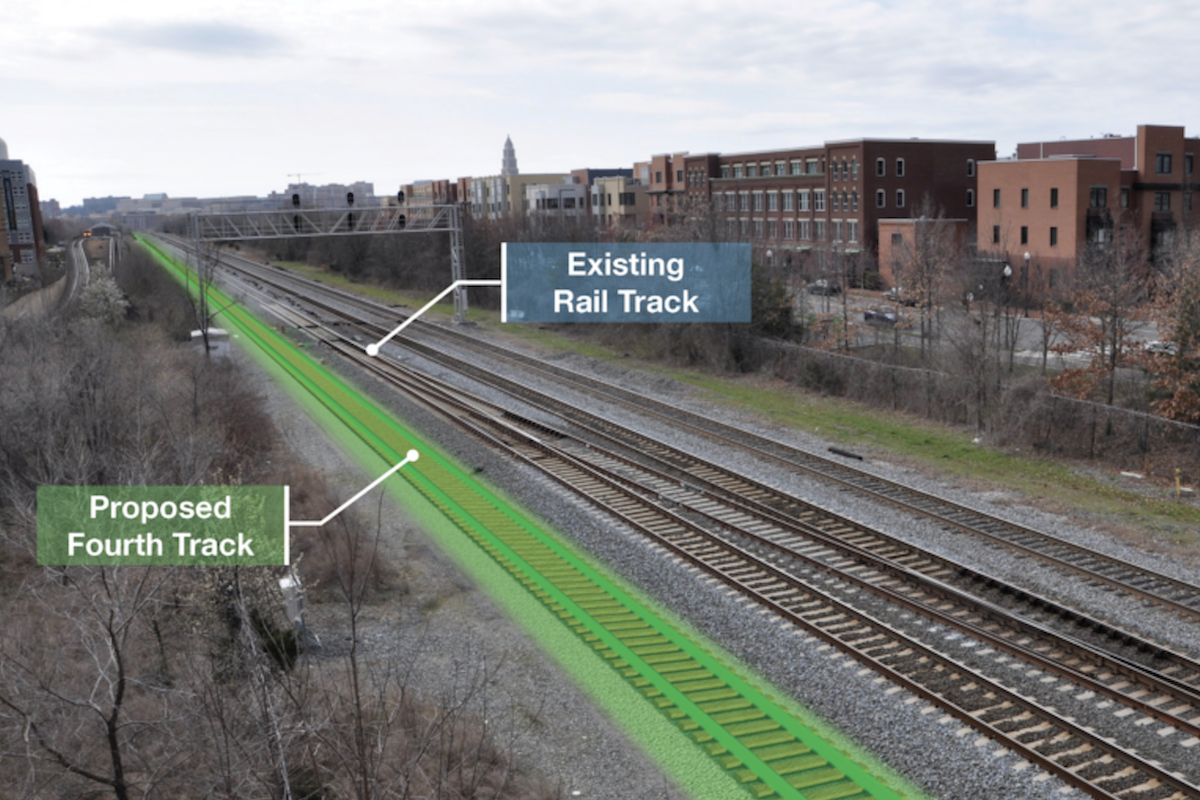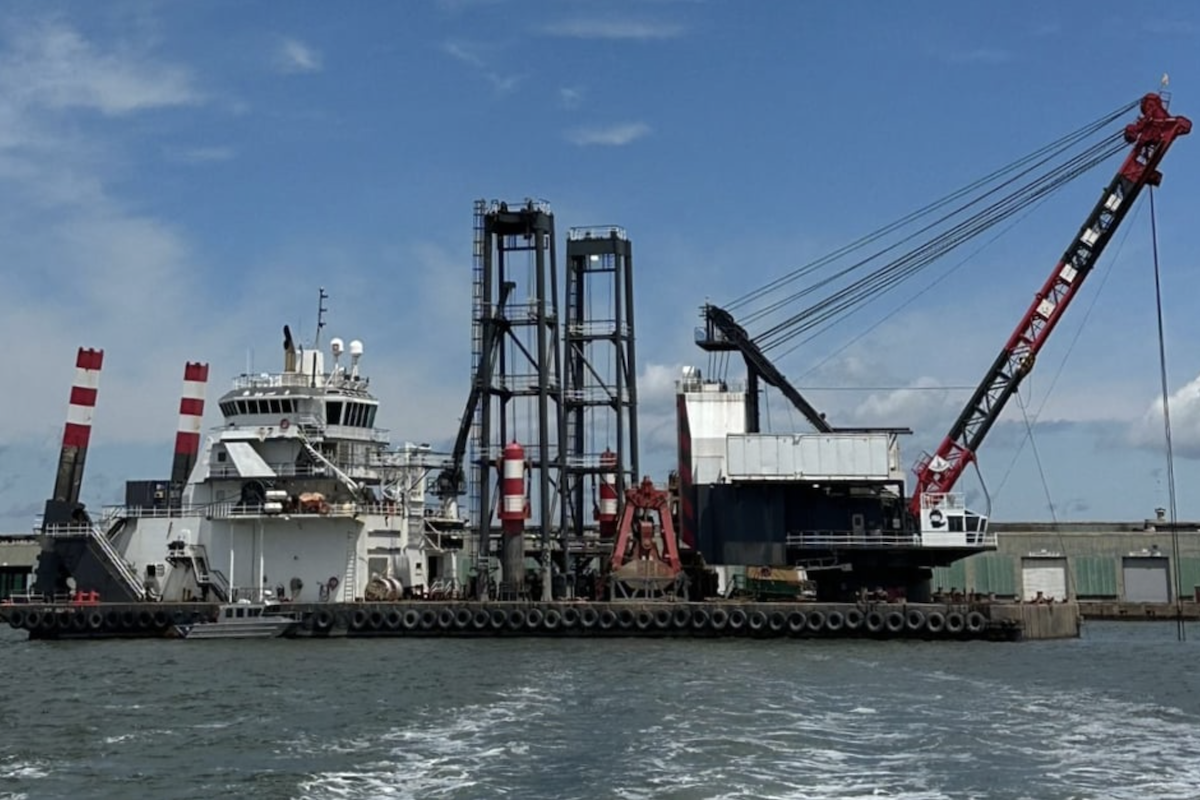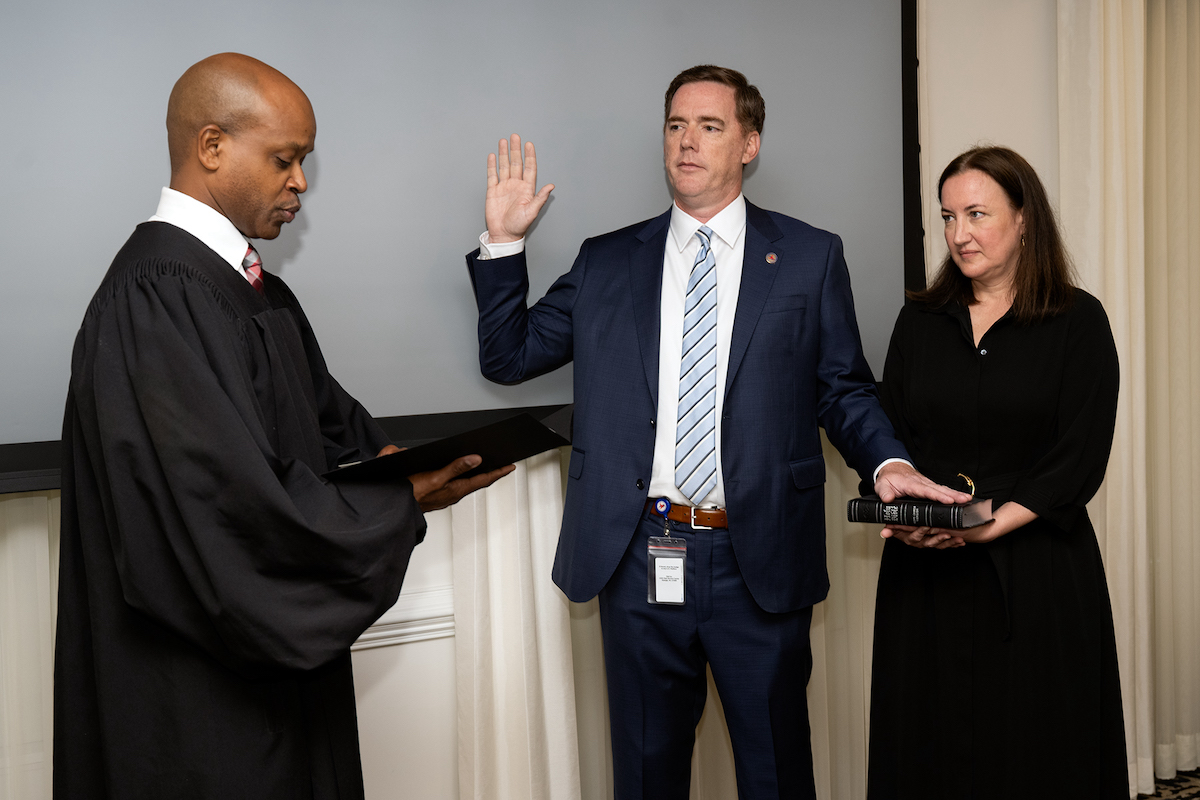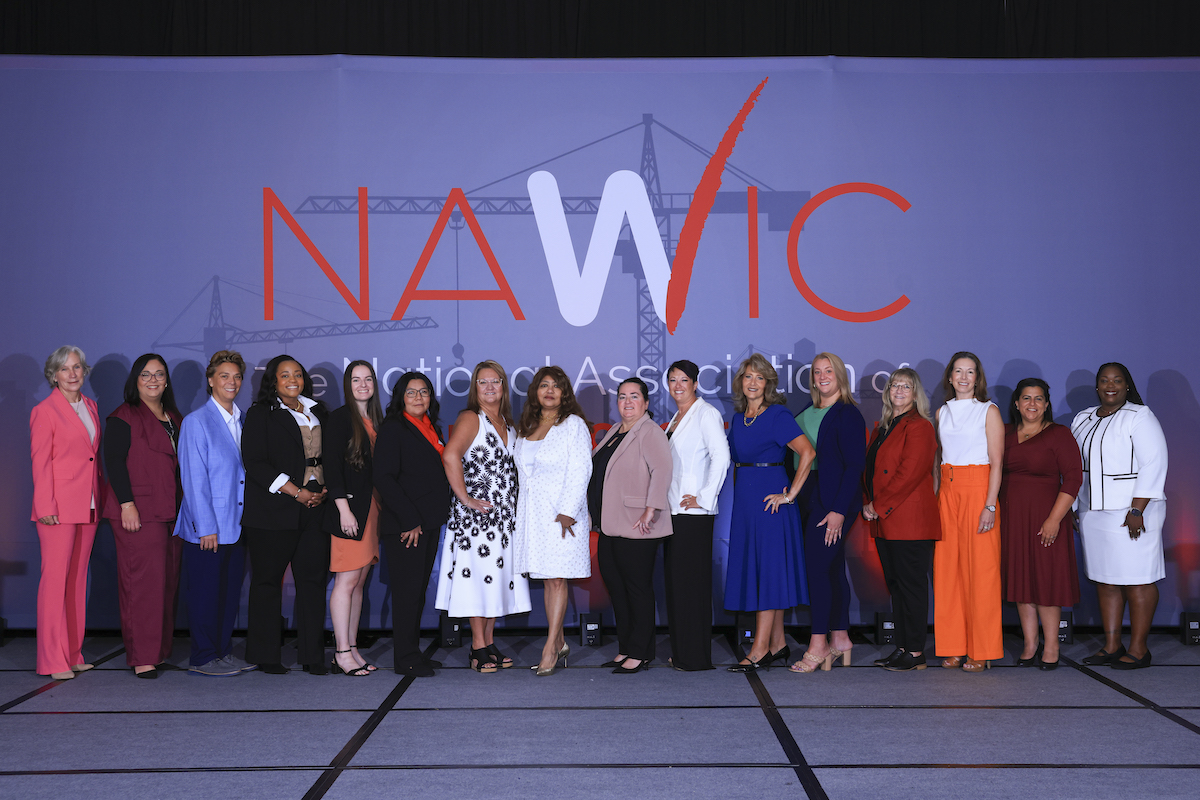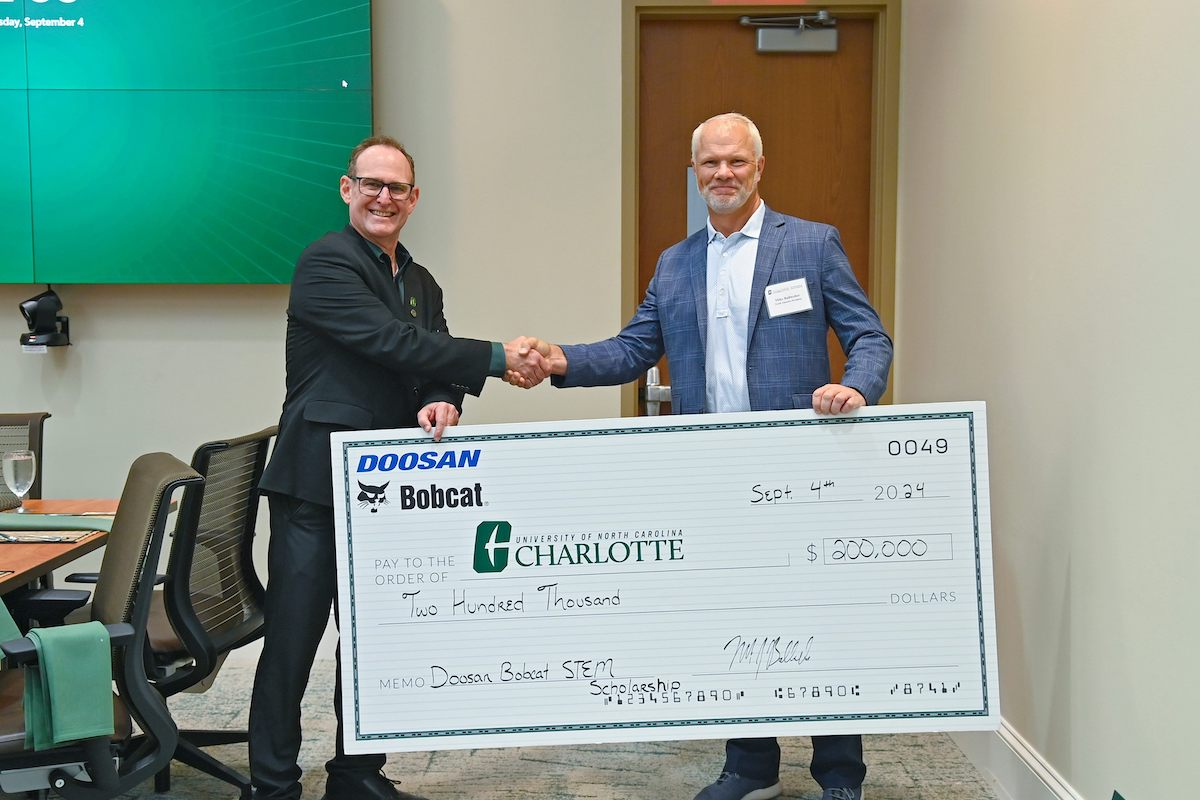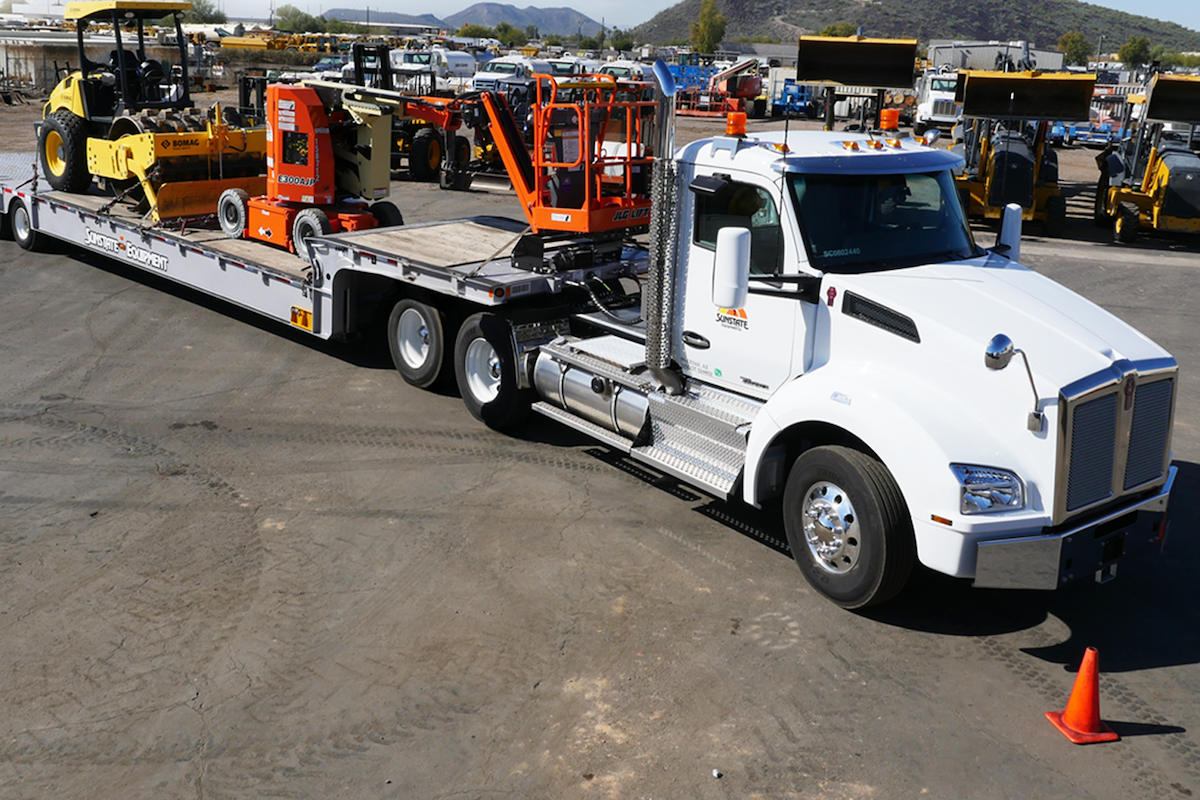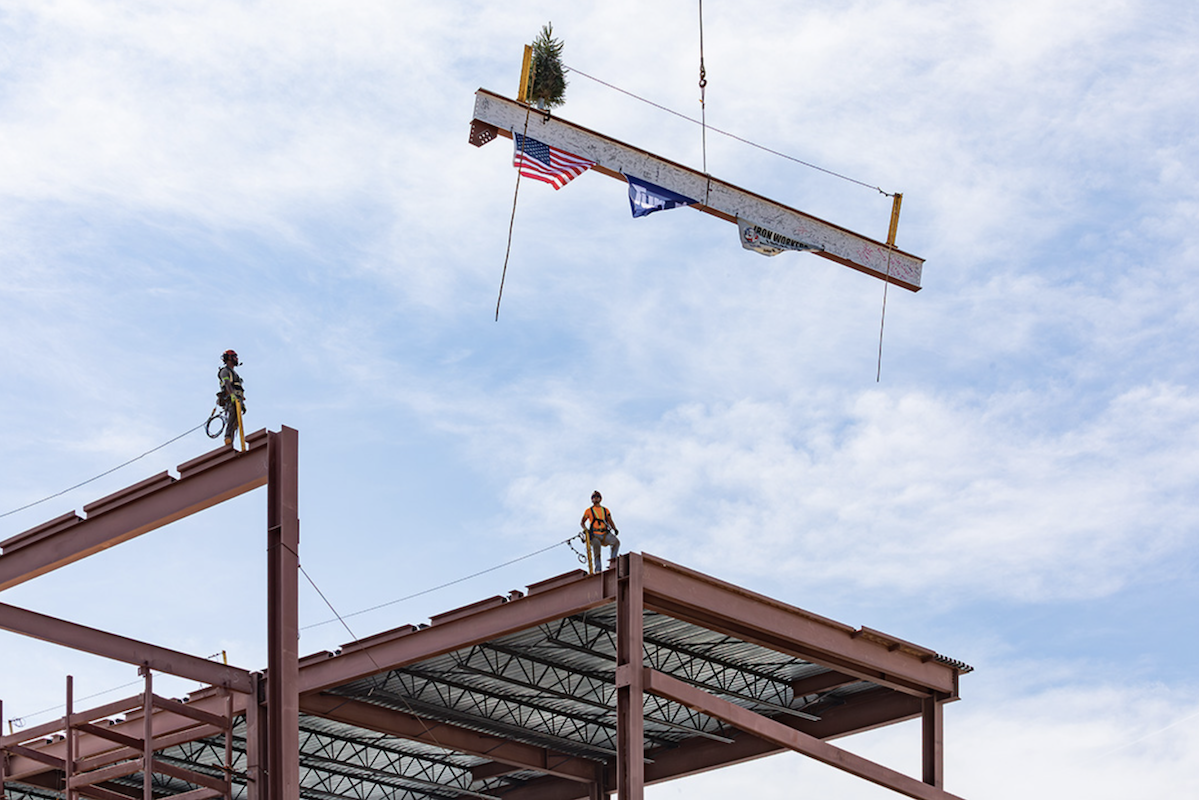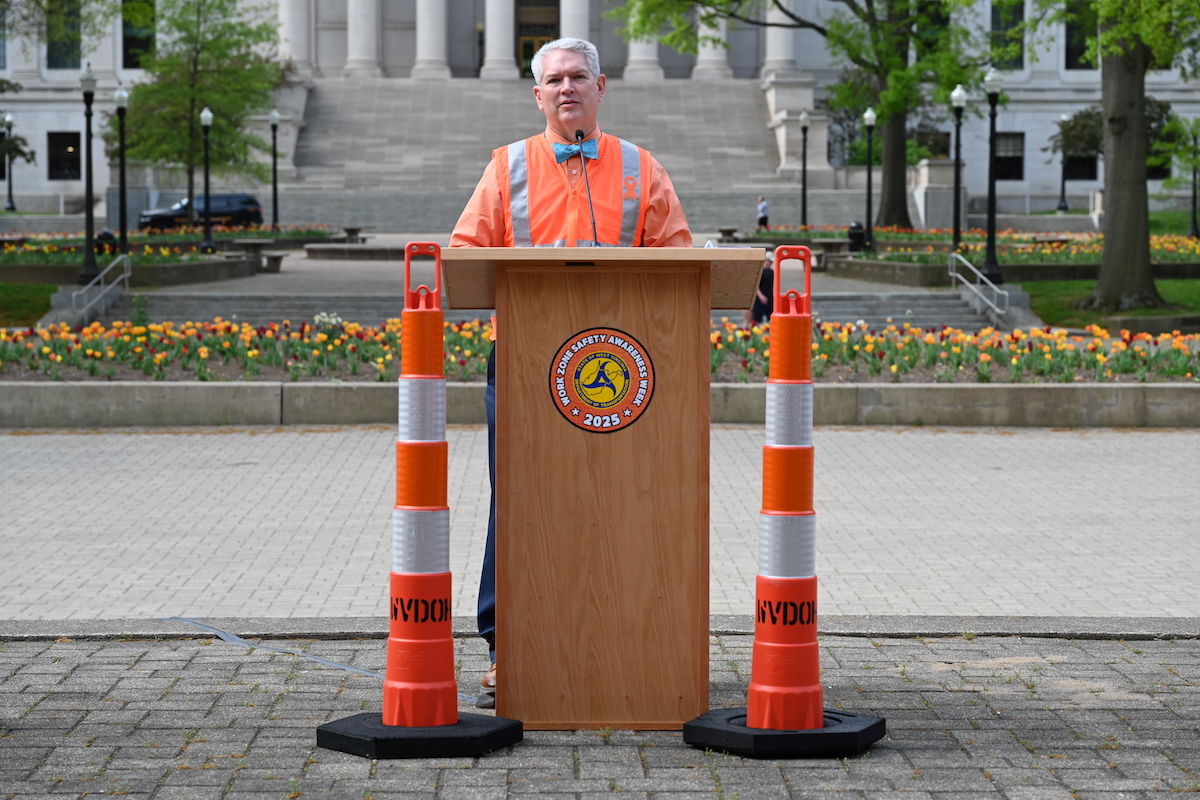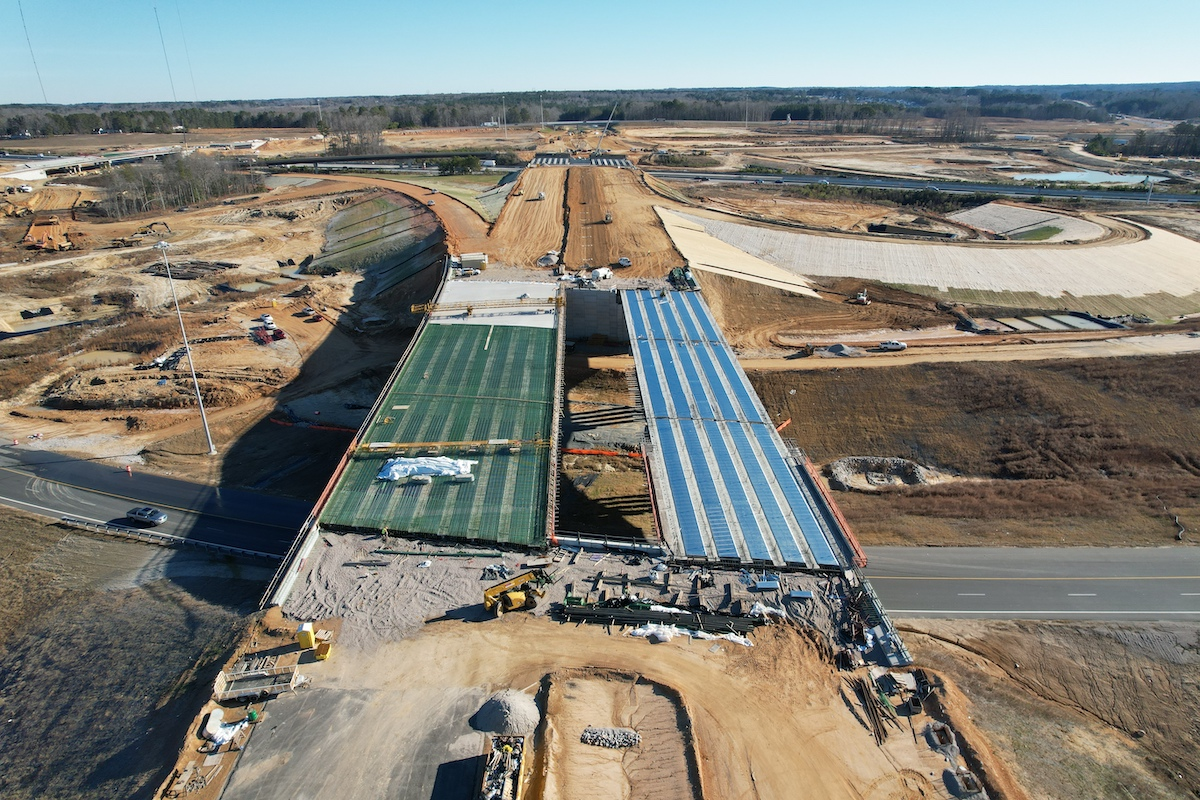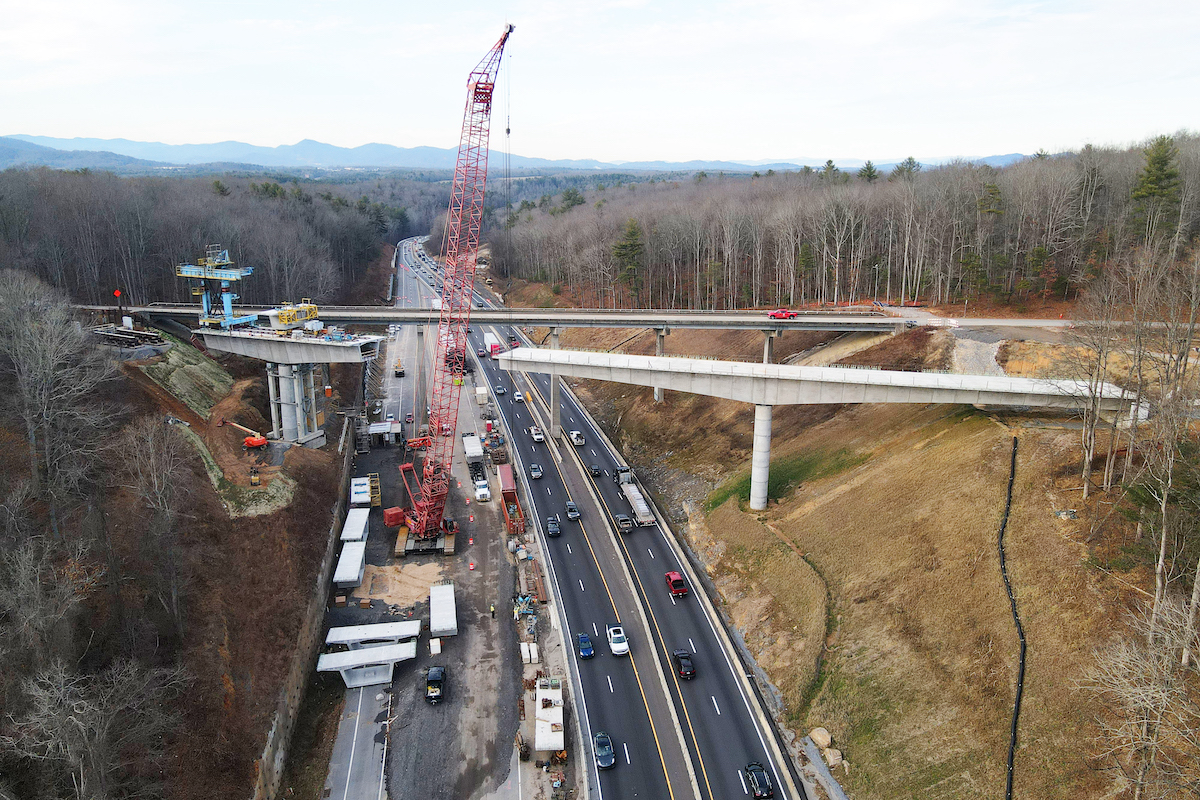The project consists of a large-diameter deep sewer tunnel, diversion facilities, drop shafts, and support structures to capture flows from existing combined sewer overflows (CSOs) along the Potomac River and convey them to the Blue Plains Advanced Wastewater Treatment Plant. The 5.5-mile-long tunnel will be completed in 2030, providing a 93 percent reduction in the volume of CSOs to the Potomac River in an average year of rainfall.
“This project is critical to ensure we reduce the CSOs that contribute to water quality impairment of the Potomac,” DC Water CEO David L. Gadis said. “We are proud to have the support of so many of the city’s leaders and concerned citizens in this effort. Together, we can shape a future where cleaner water flows and the Potomac River thrives as a beacon of environmental vitality.”
The ceremony gathered key stakeholders including Congresswoman Eleanor Holmes Norton, Ward 6 Councilmember Charles Allen, Deputy Superintendent Sean Kennealy of the National Park Service, Department of Energy and Environment Director Richard Jackson, and other city leaders and agency partners to highlight the importance of this new project that will improve the water quality and aesthetics of the Potomac River.
“During my time in office, I have worked with DC Water to improve the water systems in the District of Columbia," Norton said. "Since 2003, I have secured annually a special federal appropriation for the Clean Rivers Project, totaling approximately $300 million, which is being used for construction of the Potomac River Tunnel. I look forward to seeing the continued improvements DC Water is making and to working with DC Water to provide funding for these essential investments.”

| Your local Komatsu America Corp dealer |
|---|
| Linder Industrial Machinery |
CSOs impair water quality by increasing water bacteria levels, which negatively impacts aquatic life, and contributes to an increase in the amount of trash in waterways. An estimated 654 million gallons of CSOs currently enter the Potomac River each year by way of average rainfall. This project was established in accordance with the 2005 Federal Consent Decree entered by DC Water, the District of Columbia, the US Environmental Protection Agency, and the US Department of Justice, as amended in January 2016.
The 18-foot-diameter tunnel will run deep underground beneath the Georgetown waterfront, along the edge of the National Mall and East Potomac Park, past Hains Point, and connect by gravity to the existing Anacostia River Tunnel. Construction will require two tunnel boring machines. Starting from West Potomac Park, one machine will mine south through mostly soft ground, and another machine will head north to bore through rock.
The $819 million project, the largest contract ever awarded by DC Water, is being constructed by a joint venture of CBNA and Halmar.















